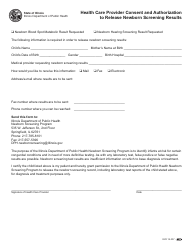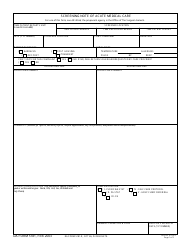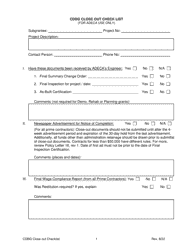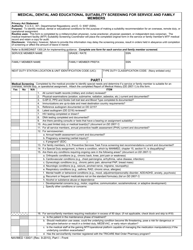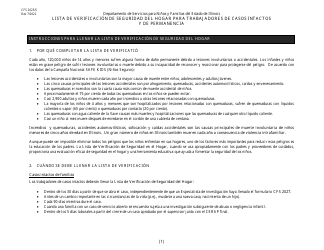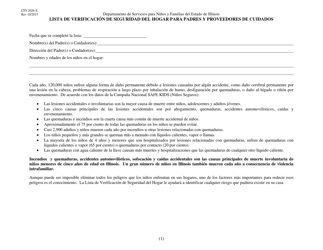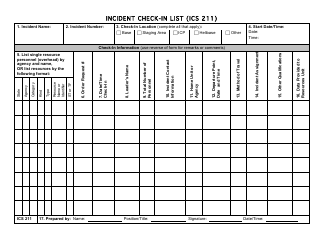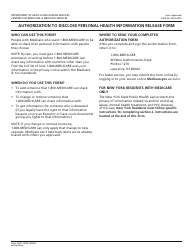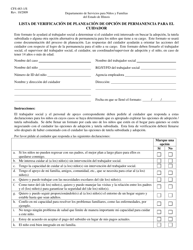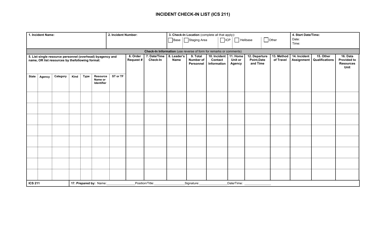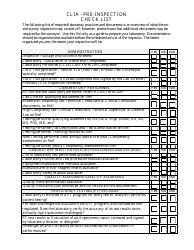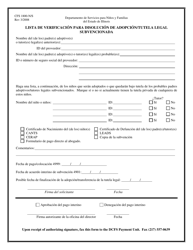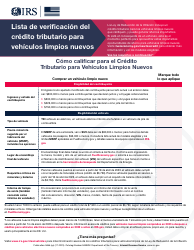Men's Health Screening Test Checklist - Illinois
Men's Health Screening Test Checklist is a legal document that was released by the Illinois Department of Public Health - a government authority operating within Illinois.
FAQ
Q: What is the purpose of men's health screening tests?
A: The purpose of men's health screening tests is to help identify potential health issues early on.
Q: What are some common men's health screening tests?
A: Common men's health screening tests include blood pressure measurement, cholesterol check, prostate-specific antigen (PSA) test, and colorectal cancer screening.
Q: How often should men have a blood pressure measurement?
A: Men should have their blood pressure measured at least once every two years, or more frequently if advised by their doctor.
Q: At what age should men start getting cholesterol checks?
A: Men should start getting cholesterol checks at age 35 and then repeat every five years if levels are normal. If at higher risk, testing may start at age 20.
Q: What is a prostate-specific antigen (PSA) test?
A: A prostate-specific antigen (PSA) test is a blood test used to screen for prostate cancer.
Q: When should men consider getting a PSA test?
A: Men should consider getting a PSA test starting at age 50. Earlier testing may be recommended for those at higher risk.
Q: What is colorectal cancer screening?
A: Colorectal cancer screening involves tests like colonoscopy or stool tests that help detect early signs of colorectal cancer.
Q: When should men start getting colorectal cancer screening?
A: Men should start getting colorectal cancer screening at age 50, or earlier if they have risk factors or family history of the disease.
Q: Are there other health screening tests men should consider?
A: Yes, men should also consider getting screened for diabetes, lung cancer (for smokers or former smokers), and sexually transmitted infections (STIs) based on individual risk factors.
Q: How often should men get screened for diabetes?
A: Men should get screened for diabetes every three years, starting at age 45. Testing may be done more frequently for those at higher risk.
Form Details:
- The latest edition currently provided by the Illinois Department of Public Health;
- Ready to use and print;
- Easy to customize;
- Compatible with most PDF-viewing applications;
- Fill out the form in our online filing application.
Download a fillable version of the form by clicking the link below or browse more documents and templates provided by the Illinois Department of Public Health.






